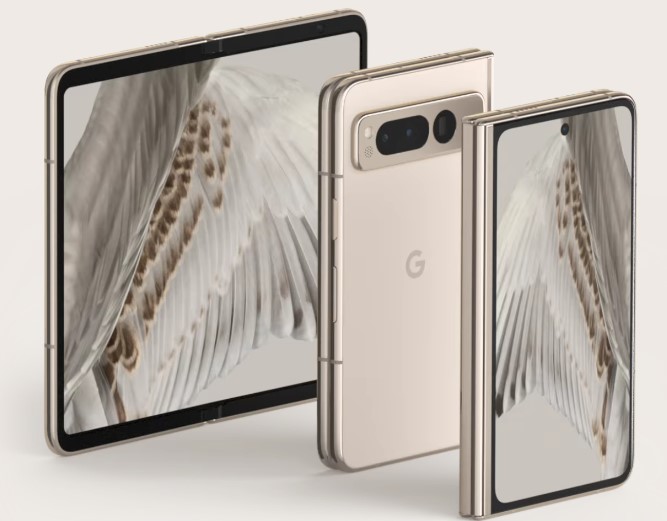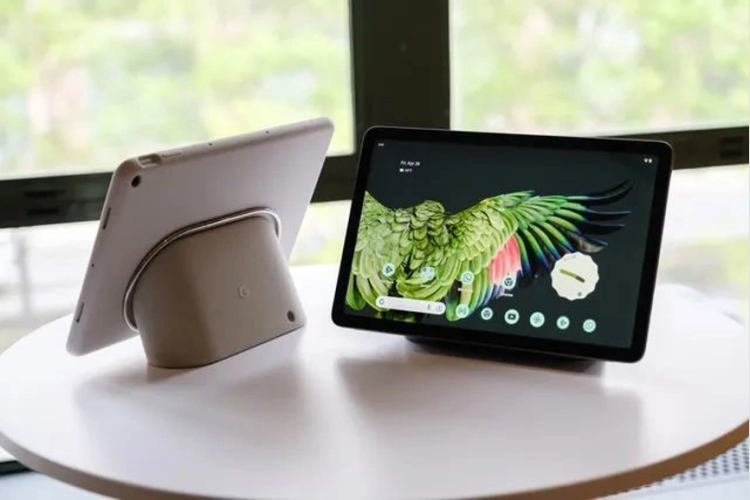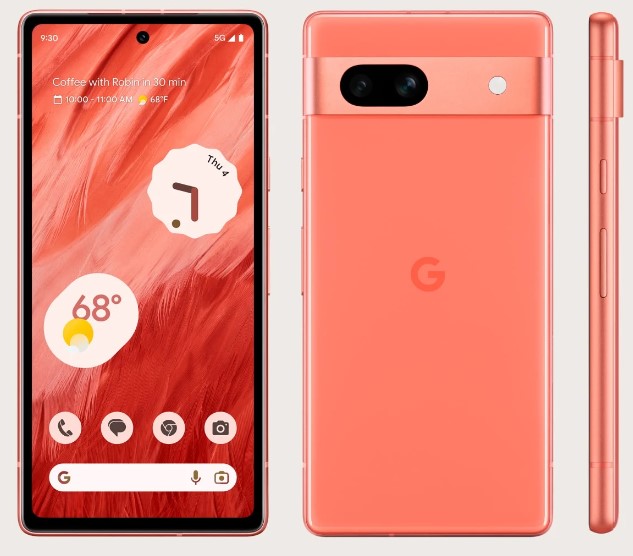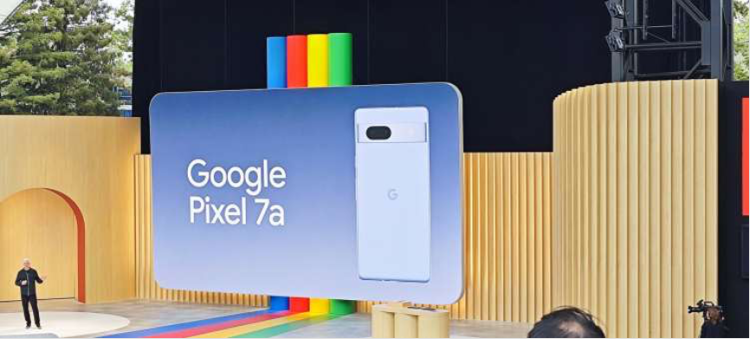At the Shoreline Amphitheatre, just a street away from Google’s Silicon Valley headquarters, developers and media attendees gathered early for this year’s Google IO event. Unlike the previous two years, which were heavy on humanities and light on major product releases, Google seems to have gone all out this year. Whether it’s AI updates or new hardware products, Google IO 2023 is undoubtedly a rare technology extravaganza.
You may love every single device in your home, but it can be tough keeping track of them all – until now.
Google Store, Pixel Tablet
Google’s First Foldable Phone: Pixel Foldable
Google has finally unveiled its first-ever foldable screen smartphone, the Pixel Fold, which has been generating a lot of buzz in the hardware market this year. The phone bears a striking resemblance to OPPO’s Find N series and features the same concept of “opening to horizontal screen”, allowing users to achieve full-screen display without having to rotate the screen by 90 degrees.
The Pixel Fold boasts a 7.6-inch 120Hz OLED flexible display for its inner screen, with a screen ratio of 5:6 and a resolution of 2208*1840. The official claim is that the peak brightness can reach up to 1450nit. Meanwhile, the outer screen is a 5.8-inch 120Hz OLED display with a screen ratio of 9:17.4 and a resolution of 2092*1080, with a peak brightness of 1550nit.
Google’s new foldable screen smartphone is definitely a game-changer, providing users with a unique and revolutionary experience. The phone’s large internal display and high refresh rate will enhance the user’s viewing experience, while its foldable design makes it more portable and easy to carry. The phone’s high price point, starting at $1799, may seem a bit steep, but the innovative technology and unique features justify the cost for those who are willing to pay for it.

The Pixel Fold is equipped with Google’s proprietary Tensor G2 processor and Titan M2 coprocessor, the same ones found in the Pixel 7 series. These are coupled with 12GB LPDDR5 memory and 256/512GB UFS 3.1 storage, forming Google’s “performance triangle.” Additionally, the device has a 4821mAh battery and supports 30W wired fast charging. However, it is worth noting that the Pixel Fold may be the slowest charging flagship smartphone of the year.
Prior to the launch, Google boasted that the Pixel Fold would have a “Pixel-level imaging system.” Unlike previous leaks, the rear camera module of the Google Pixel Fold features a triple-camera setup consisting of a 48MP wide-angle lens (with OIS support), a 10.8MP ultra-wide-angle lens, and a 10.8MP 5x telephoto lens.
The Pixel Fold is available in two colors: black and white. The 12GB+256GB version is priced at $1,799, while the 12GB+512GB version costs $1,919. Customers who pre-order the device can get a free Google Pixel Watch, released last year.
With the launch of the Pixel Fold, Google has finally joined the league of foldable screen smartphone manufacturers, and it will be interesting to see how the market responds to this new addition.
Google Pixel Tablet – Home Smart Device Approach
In addition to the Pixel Fold. This marks Google’s return to the tablet market after several years of absence. However, it is not intended to compete with the iPad. Rather, it is positioned as a home smart device, unlike the typical tablet devices available in the market.
If you’re feeling chilly as breakfast is bubbling in the kitchen, ask Google Assistant on your Pixel Tablet to turn up the heat.
Google Store, Pixel Tablet

Although it was first showcased a year ago, the Pixel Tablet is not a newly announced product. Google believes that the majority of tablet usage occurs at home rather than outdoors. Thus, the Pixel Tablet serves as a hub for smart homes and a multimedia terminal for streaming and video calling. To accomplish this, Google equipped the Pixel Tablet with a magnetic charging base, allowing it to remain charged for extended periods.
The Pixel Tablet still utilizes Google’s self-developed Tensor G2 processor, combined with 8GB of RAM and 128GB/256GB of storage. It is priced at $499 without the charging base.
Google Pixel 7a – Affordable Version
Google Pixel 7a has been launched as an affordable version of the Pixel a series, which usually follows the release of the main Pixel series. It boasts a similar design language to the Google Pixel 7, with the addition of two new vibrant colors – coral and ocean blue – making it more suitable for young and energetic users.

Compared to last year’s Pixel 6a, the Pixel 7a has made significant upgrades to its processor and camera. It features Google’s self-developed Tensor G2 chip, similar to that of the Pixel 7 series, and an upgraded camera module with a 64MP wide-angle lens and a 13MP ultra-wide-angle lens. The imaging quality is expected to be noticeably better.
The Pixel 7a offers only one storage option of 8GB+128GB, but it comes in two versions that support either Sub 6 5G or mmWave 5G. The Sub 6 5G version is priced at $499, while the mmWave 5G version is slightly more expensive at $549.

Overall, Google’s IO event was a demonstration of the company’s commitment to being “bold and responsible.” During the opening keynote, the company emphasized the importance of being responsible to society and its business while still taking bold action.
In a recent interview, Pichai stated that Google is not worried about the slow pace of its language model’s release compared to its competitors. He believes that doing things right is more important than doing them quickly. With the launch of the Pixel 7a, it seems that Google has indeed done everything right.
Doing things right is more important than doing them quickly
Sundar Pichai, Google I/O 2023

